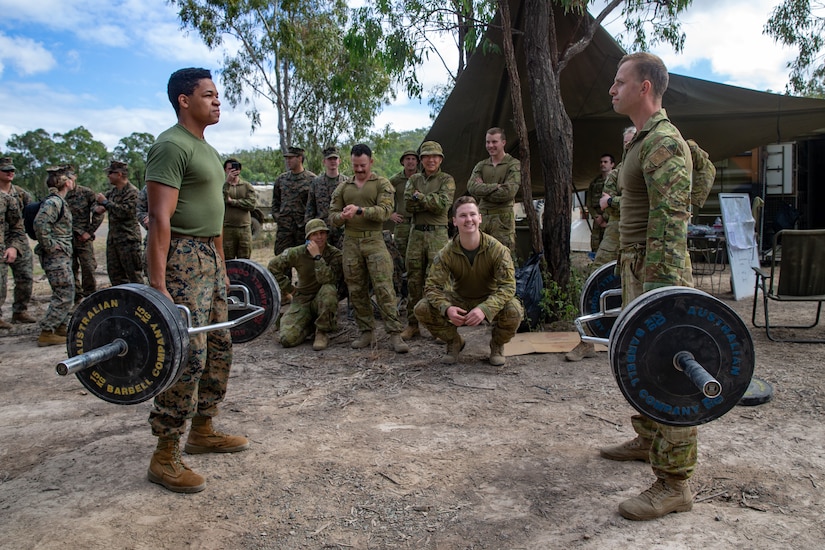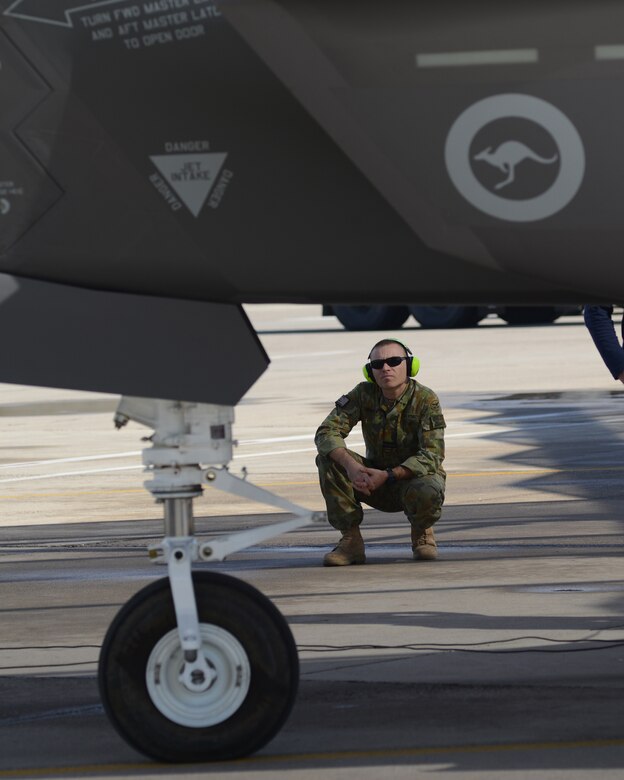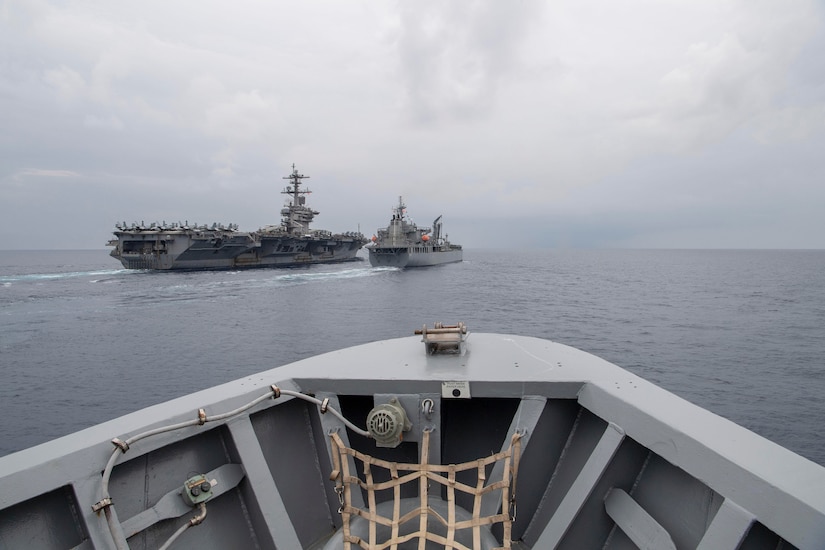Aug. 31, 2021 | , DOD News
The U.S. military is marking the 70th anniversary of its alliance with America's closest Pacific allies — Australia and New Zealand.

The Australia, New Zealand and United States Security Treaty was signed in San Francisco on Sept. 1, 1951. The pact formally committed the nations to protect the security of the Pacific together, but its roots go much deeper.
In 1907, U.S. President Theodore Roosevelt sent the Great White Fleet of U.S. warships around the world. The voyage of American battleships and other vessels marked the emergence of the U.S. Navy as a worldwide force to be reckoned with. The fleet visited New Zealand and Australia as part of its swing through the Pacific. Fully 10 percent of the population of the nation of New Zealand turned out to see the ships when they arrived in Auckland in August 1908. In Sydney Harbor later that month, around 500,000 Australians cheered the fleet as it arrived. Sydney, Australia, had a population of 600,000 at the time.
Fast-forward to July 4, 1918, and the muddy Hell of the Western Front in France. Australian and American soldiers went into battle against the Germans side-by-side in one of the first battles involving Americans.
In World War II, American, Australian and New Zealand forces fought alongside each other around the world. From the coast of Java to the sands of North Africa and from the jungles of New Guinea to the mountains of Italy, the nations cooperated. Guadalcanal in the Solomon Islands; Port Moresby, Papua New Guinea; the Coral Sea; Okinawa, Japan; Monte Cassino, Italy; Tunis, Tunisia; the Po Valley, Italy; and more were places hallowed by the shared sacrifices of the Kiwis, Aussies and Yanks.

The three nations signed the pact in 1951 at a time when they were fighting alongside each other in Korea. Australian and Kiwis fought in Vietnam and were again operating together during Desert Storm.
When America was attacked on Sept. 11, 2001, Australian Prime Minister John Howard invoked the mutual defense portion of the treaty in support of the United States. Afghanistan, Iraq, Syria became places where the "mates" stood together once again.
The three nations share intelligence, plan together, exercise together, and operate together. It would be hard to find a peacekeeping or humanitarian operation where they don't cooperate.
Today, Australian and New Zealand officers work as integral members of the Joint Staff in the Pentagon and at U.S. Indo-Pacific Command in Hawaii. American officers man positions with Australian forces in the capital of Canberra.

And the partnership continues to grow. U.S. Air Force personnel work closely with their Royal Australian Air Force counterparts. U.S. Marines — who rotate through the northern Australian city of Darwin — train constantly with their counterparts. U.S. Navy ships operate with New Zealand and Australian ships ensuring freedom of navigation throughout the Pacific. American, New Zealand and Australian special operators train together for a variety of missions.
The ANZUS Pact was important in 1951 when the world faced the threat of the Soviet Union. It remains important in 2021 when the international situation is becoming more and more complex.






No comments:
Post a Comment